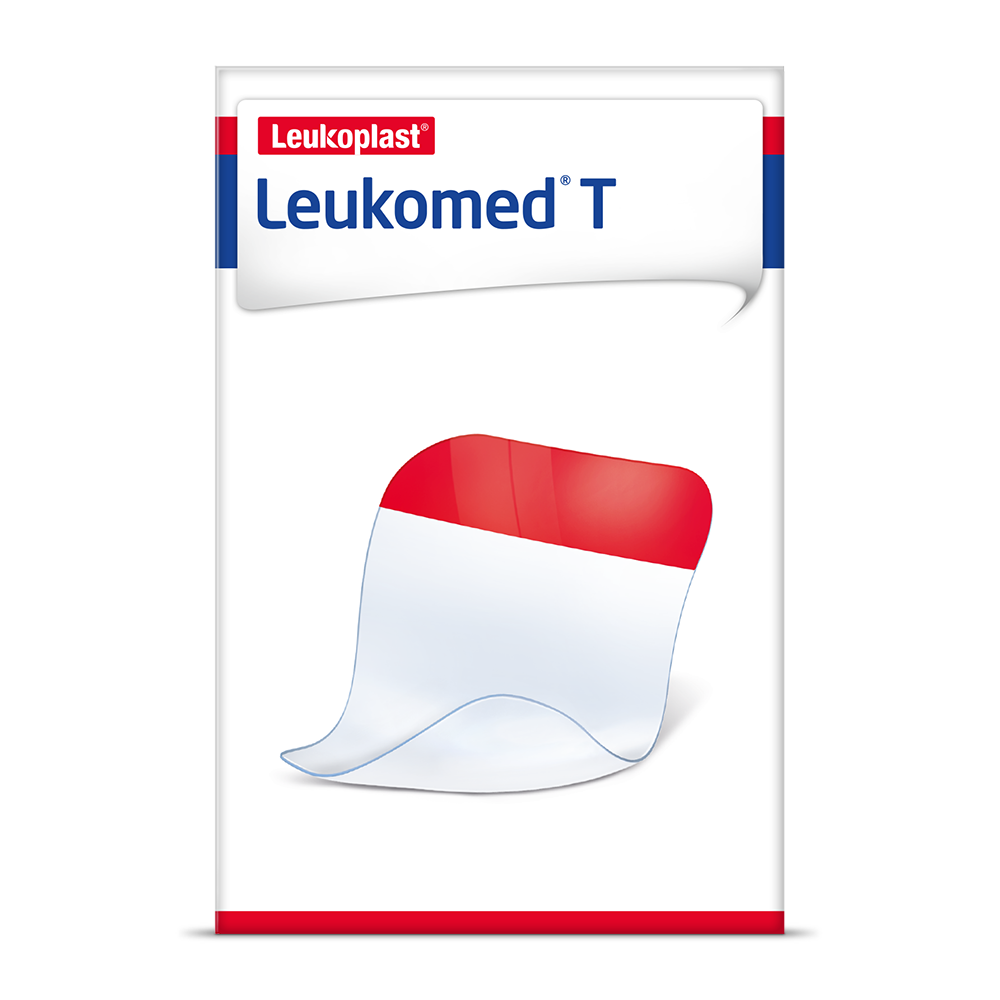Bite wounds range from superficial scratches to severe injuries with tissue loss, sometimes even compromising the underlying bone. In addition, there is a serious risk of pathogens entering the wound with the saliva. Follow the treatment steps below, which are based on NHS recommendations:
1. Wash your hands:
Wash and dry your hands thoroughly.
2. Rinse the wound:
“Clean the wound immediately by running warm tap water over it for a couple of minutes.” 1
3. Let the wound bleed:
“Encourage the wound to bleed slightly by gently squeezing it, unless it's already bleeding freely.” 1
4. Dry the skin:
Rinse the wound again and pat the area dry with a clean towel.
5. Cover the wound:
Use a sterile, non-stick dressing or bandage to avoid further trauma on removal.
6. Seek medical advice as soon as possible:
Bites can be painful. Ask your physician for pain killers while the wound heals.
See a medical expert
Many common wounds can be dealt with at home. But with bite wounds, professional treatment is strongly advisable!

Expert wound care for bites

Leukomed® T
Sterile dressing for superficial and surgical wounds, and for fixing dressings.
Medical references

